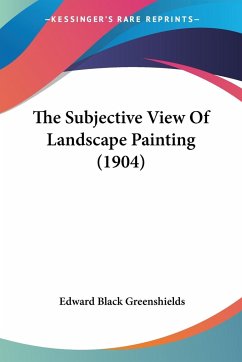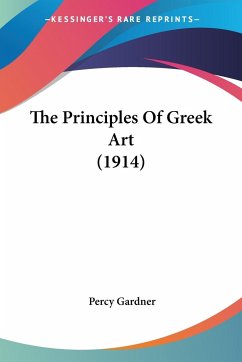
Hopes And Fears For Art
Versandkostenfrei!
Versandfertig in 1-2 Wochen
22,99 €
inkl. MwSt.

PAYBACK Punkte
11 °P sammeln!
Hopes and Fears for Art is a collection of essays by the renowned British artist and writer, William Morris. Published in 1882, the book reflects Morris's views on art and its role in society during the Victorian era. Morris was a leading figure in the Arts and Crafts movement, which sought to promote traditional craftsmanship and design in response to the mass-produced, industrialized goods of the time.The essays in Hopes and Fears for Art cover a range of topics, including the importance of beauty in everyday life, the need for art to be accessible to all, and the relationship between art an...
Hopes and Fears for Art is a collection of essays by the renowned British artist and writer, William Morris. Published in 1882, the book reflects Morris's views on art and its role in society during the Victorian era. Morris was a leading figure in the Arts and Crafts movement, which sought to promote traditional craftsmanship and design in response to the mass-produced, industrialized goods of the time.The essays in Hopes and Fears for Art cover a range of topics, including the importance of beauty in everyday life, the need for art to be accessible to all, and the relationship between art and politics. Morris argues that art should be created for its own sake, rather than for commercial gain, and that artists should strive to produce work that is both beautiful and useful. He also criticizes the art establishment of his time for being elitist and out of touch with the needs of ordinary people.Despite being written over a century ago, Hopes and Fears for Art remains relevant today. Morris's ideas about the value of craftsmanship, the importance of beauty, and the need for art to be socially responsible continue to inspire artists and designers around the world. This book is a must-read for anyone interested in the history of art and design, as well as for those seeking inspiration for their own creative endeavors.For your teachers, they must be Nature and History: as for the first, that you must learn of it is so obvious that I need not dwell upon that now: hereafter, when I have to speak more of matters of detail, I may have to speak of the manner in which you must learn of Nature. As to the second, I do not think that any man but one of the highest genius, could do anything in these days without much study of ancient art, and even he would be much hindered if he lacked it.This scarce antiquarian book is a facsimile reprint of the old original and may contain some imperfections such as library marks and notations. Because we believe this work is culturally important, we have made it available as part of our commitment for protecting, preserving, and promoting the world's literature in affordable, high quality, modern editions, that are true to their original work.












